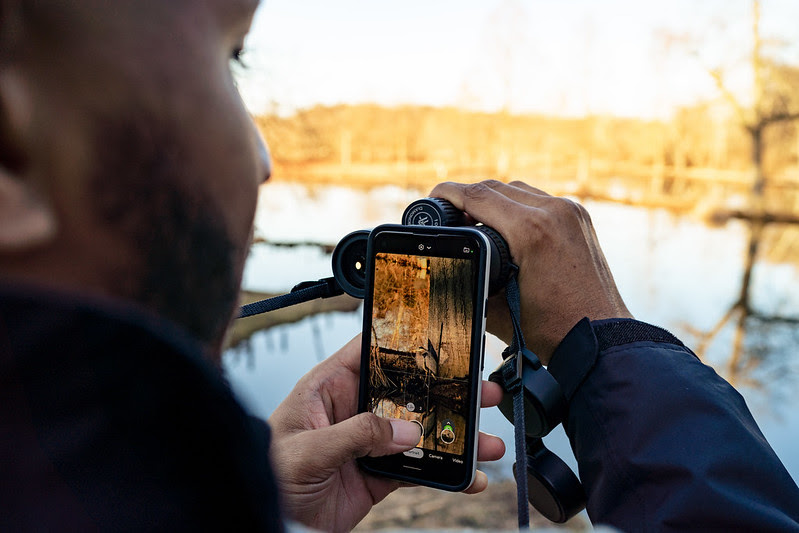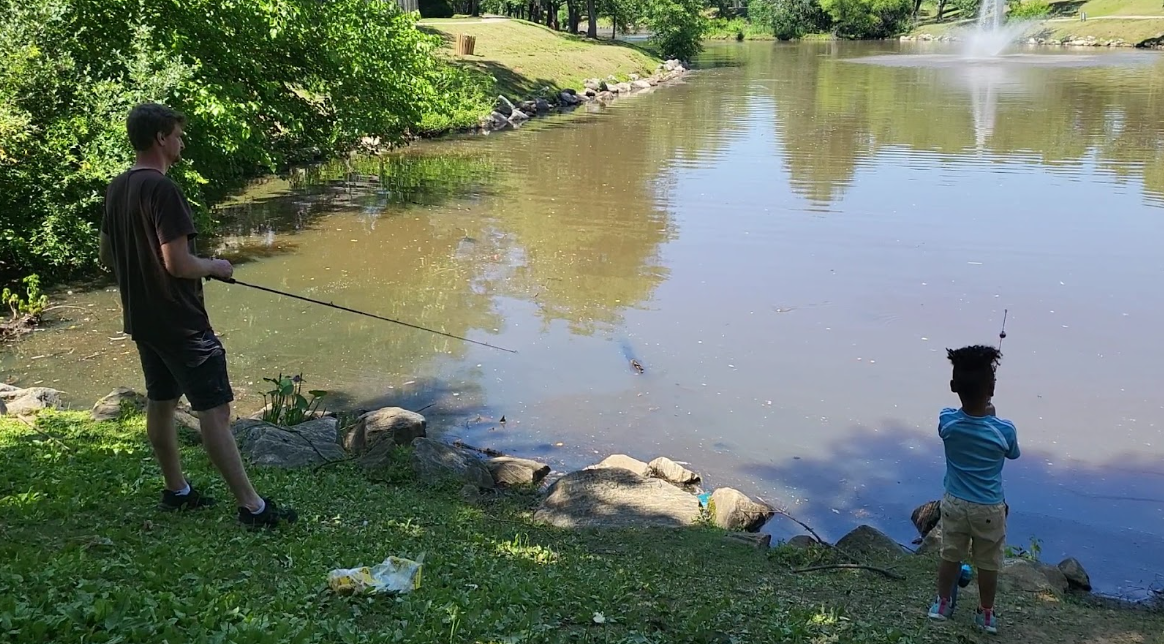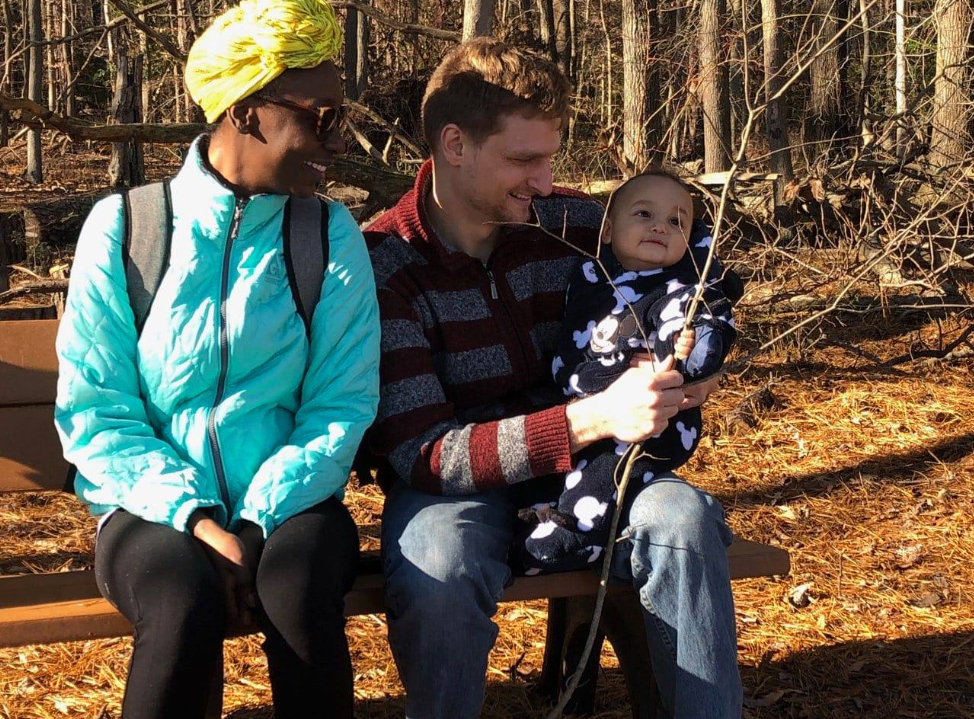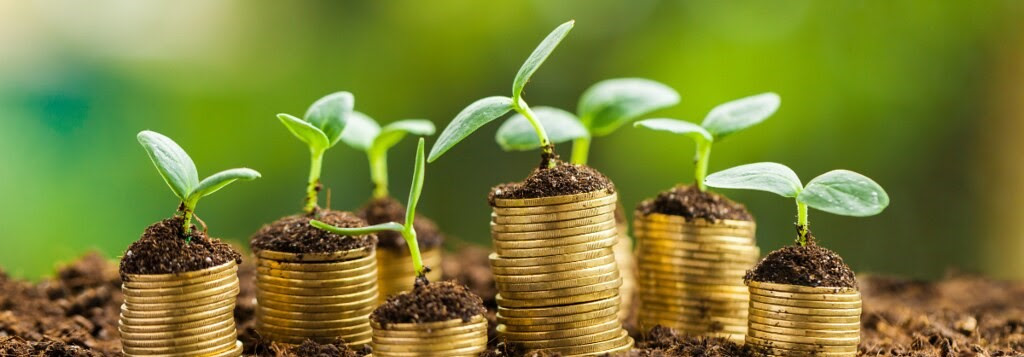Myron Fields for TNB USFS
Written by Ben Alexandro
The majesty of the Chesapeake Bay and the 64,000 square miles of landscapes that nourish us and the beauty of our treasured landscapes that partners work every day to protect and the life it brings to all that live here are beyond numeric value. Protected lands’ intrinsic and economic values—sometimes called ecosystem services—are significant and diverse. While much of the value of these treasures is intangible, the amount of economic activity that our region generates is impressive.
Last month, the U.S. Bureau of Economic Analysis (BEA) published new 2022 outdoor industry data on the impact of outdoor recreation on the US economy. BEA claims that outdoor recreation accounted for 563.7 billion of the US gross domestic product (GDP) and $1.1 trillion in gross economic output- nearly 200 billion more than in 2021. BEA measures the economic activity as well as the sales or receipts generated by outdoor recreational activities, such as fishing and RVing. Outdoor recreation supported 5 million jobs and added roughly half a million since 2021. According to the Outdoor Industry Association, the outdoor recreation industry grew for the eighth year in a row. BEA published an Outdoor Recreation Satellite Account (ORSA) in each state, showing tens of billions of dollars and hundreds of thousands of jobs in our watershed:
- Delaware outdoor recreation supported 15,401 jobs and added $1.3 Billion
- Maryland outdoor recreation supported 80,391 jobs and added $8.2 Billion
- Pennsylvania outdoor recreation supported 164,344 jobs and added $16.9 Billion
- New York outdoor recreation supported 256,975 jobs and added $31.2 Billion
- Virginia outdoor recreation supported 124,908 jobs and added $11.3 Billion
- West Virginia outdoor recreation supported 20,018 jobs and added $1.6 Billion

Photographer capturing an image of a blue heron
Permanently conserved lands ranging from rural easements and large refuges to small urban parks are essential to the outdoor economy. National parks in the watershed are a significant driver of some of this economic activity in the region. According to the National Park Service’s newest data, in 2022, millions of visitors spent billions of dollars in local gateway regions while visiting National Park Service lands in Chesapeake Bay states.
The Chesapeake contains a network of partners and places that provide visitors with opportunities to enjoy, learn about, and help protect the Chesapeake Bay watershed, known as Chesapeake Gateways. For example, 22.5 million park visitors spent $1.2 billion in Virginia supporting 17,662 jobs, 5.8 million park visitors spent $199 million in Maryland supporting 2,361 jobs, and 7.6 million park visitors spent $385 million in Pennsylvania supporting 5,742 jobs. While the numbers from NPS and BEA are for the entire states, much of these states lie within the Chesapeake Bay watershed and the benefits of the outdoor economy ripple across boundaries and state lines. As the outdoor recreation industry grows, so does the need for protected spaces to recreate.

Ben Alexandro fishing with his son Orion
The billions of dollars of economic activity are noteworthy, but the economy is not the most important reason for land conservation. When I took my young son to the local community park to cast his first fishing line only to catch a fallen twig that he excitedly called a ‘stick fish,’ I wasn’t thinking about how much my fishing permit and poles contributed to the economy. I was thinking, “I will cherish this memory my whole life.” When I went kayaking through a protected wilderness with my dad, we didn’t discuss how many jobs the kayak trip supported. We laughed at a tiny, adorable kingbird who courageously dive bombed our boats when we paddled by her nest near the shore, and we talked about what it means to be a parent.
Moments like these are more than economic contributions; they represent the essence of a shared joy for nature—the legacy of protected lands has not only empowered the economy but also the soul of the Chesapeake Bay watershed. The act of conservation not only protects landscapes and builds economies, but also fosters a sense of community and environmental awareness. Now more than ever, access to outdoor recreation is imperative.
People across the region need local places outdoors to work out, play or merely have a moment of fresh air and solace. Thanks to protected lands, not only are there more places where people can recreate which generates billions of dollars for communities, but we can ensure the Bay watershed sustains and refreshes 18 million of us, as it did our ancestors.

Exploring Patuxent Research Refuge
Image credit:
- Myron Fields for TNB USFS
- Halbergman
- Kaidza Alexandro
- Curtis Bennett
Lightning Update is a regular communication of the Chesapeake Conservation Partnership. Any opinions expressed are those of the authors and do not necessarily reflect positions of the Partnership or member organizations.
To share a success story, news, or important event, send your information to:
Support for the Chesapeake Conservation Partnership is provided by:
National Park Service Chesapeake
EPA Chesapeake Bay Program
USDA Forest Service
Pennsylvania Department of Conservation & Natural Resources
Maryland Department of Natural Resources
Virginia Outdoors Foundation
US Fish & Wildlife Service
Chesapeake Conservancy
The Chesapeake Conservation Partnership is co-convened by:




